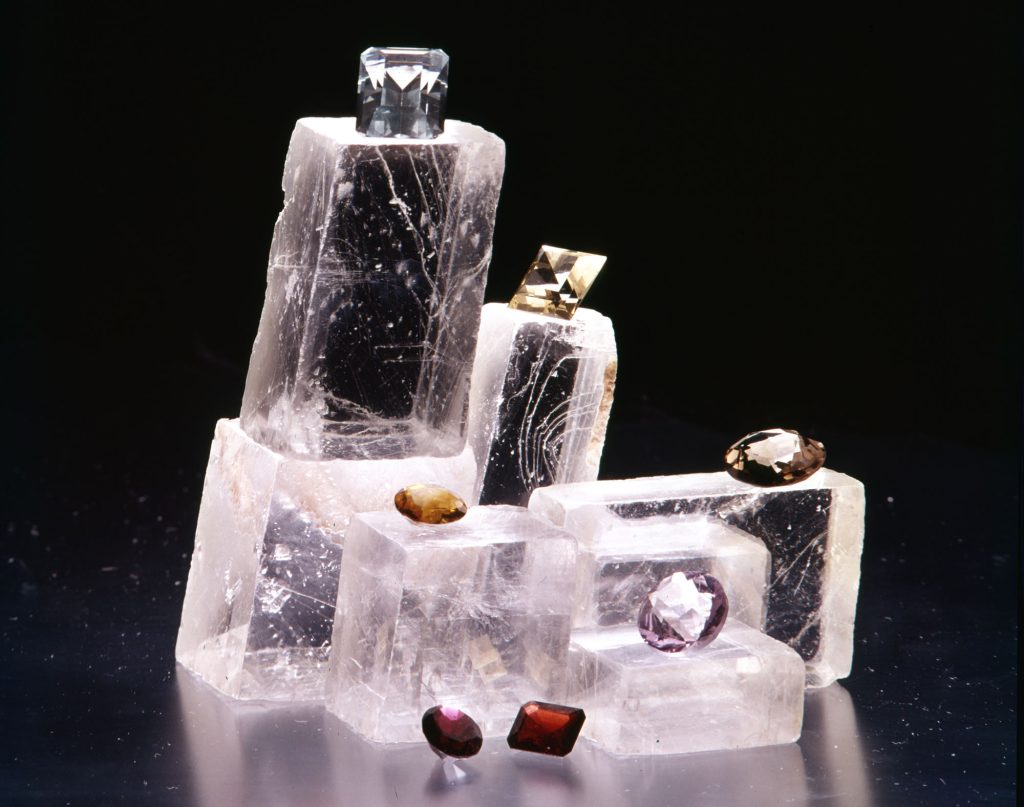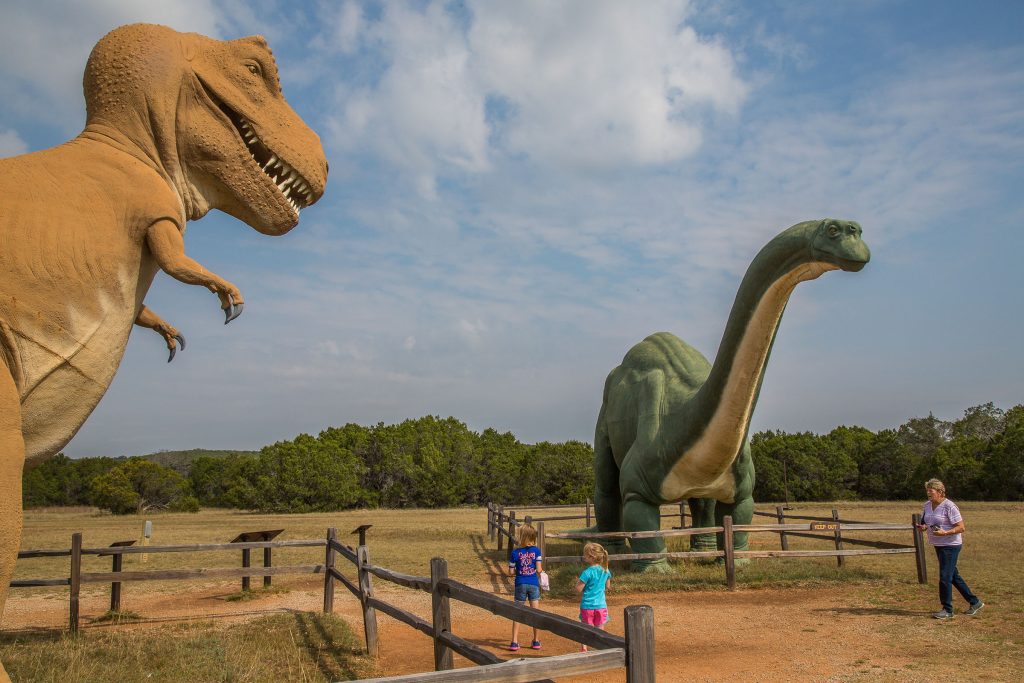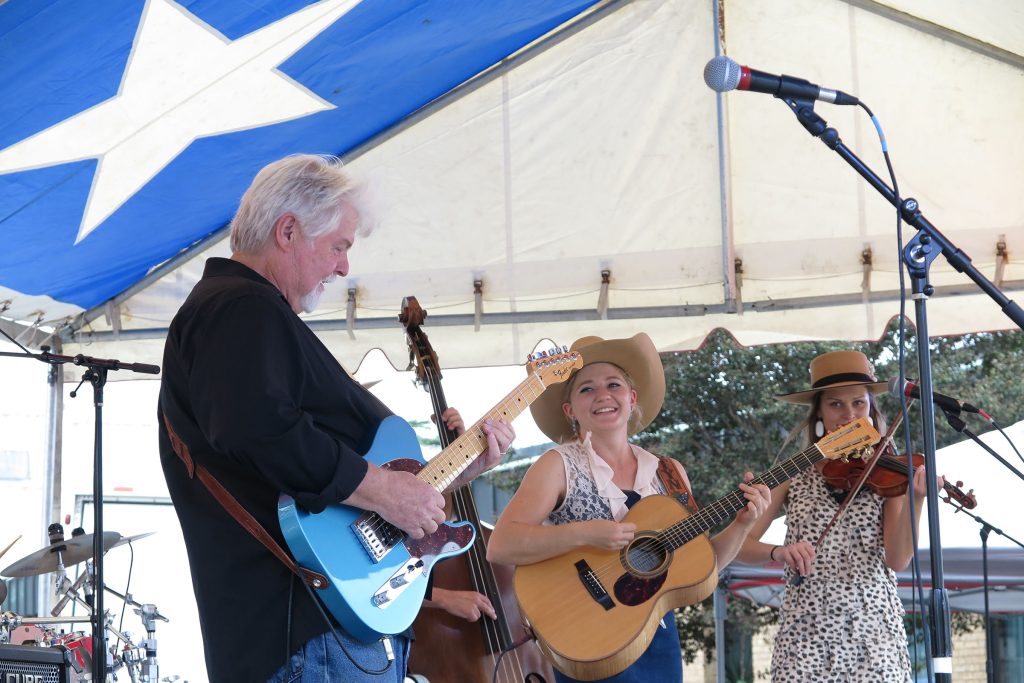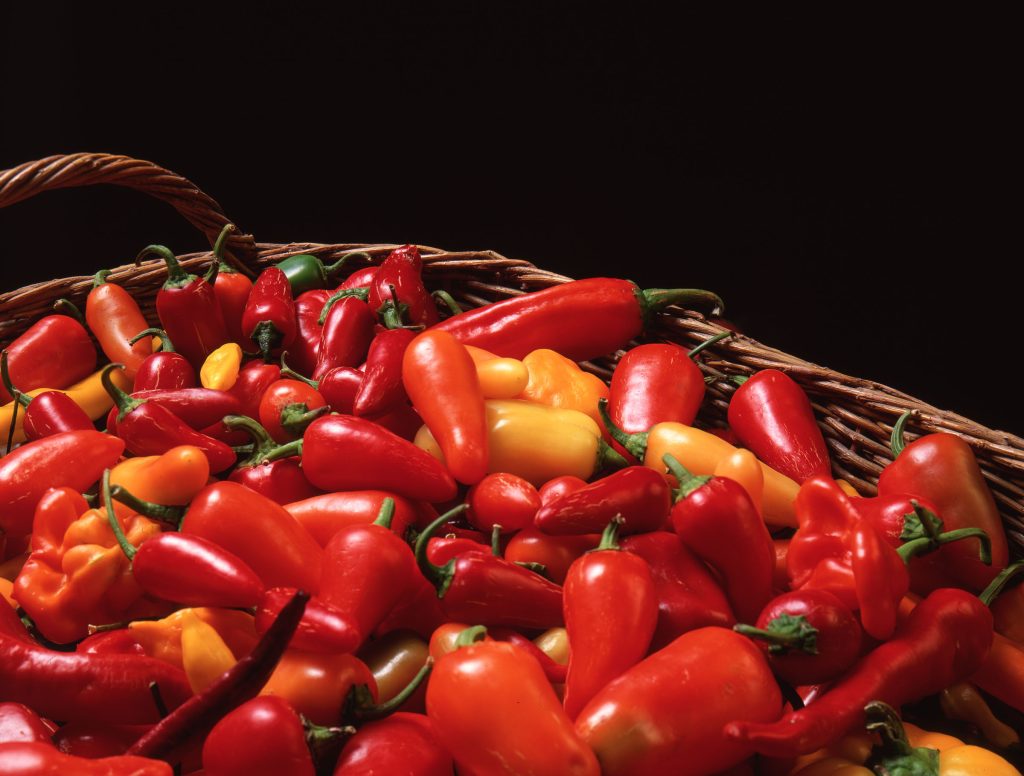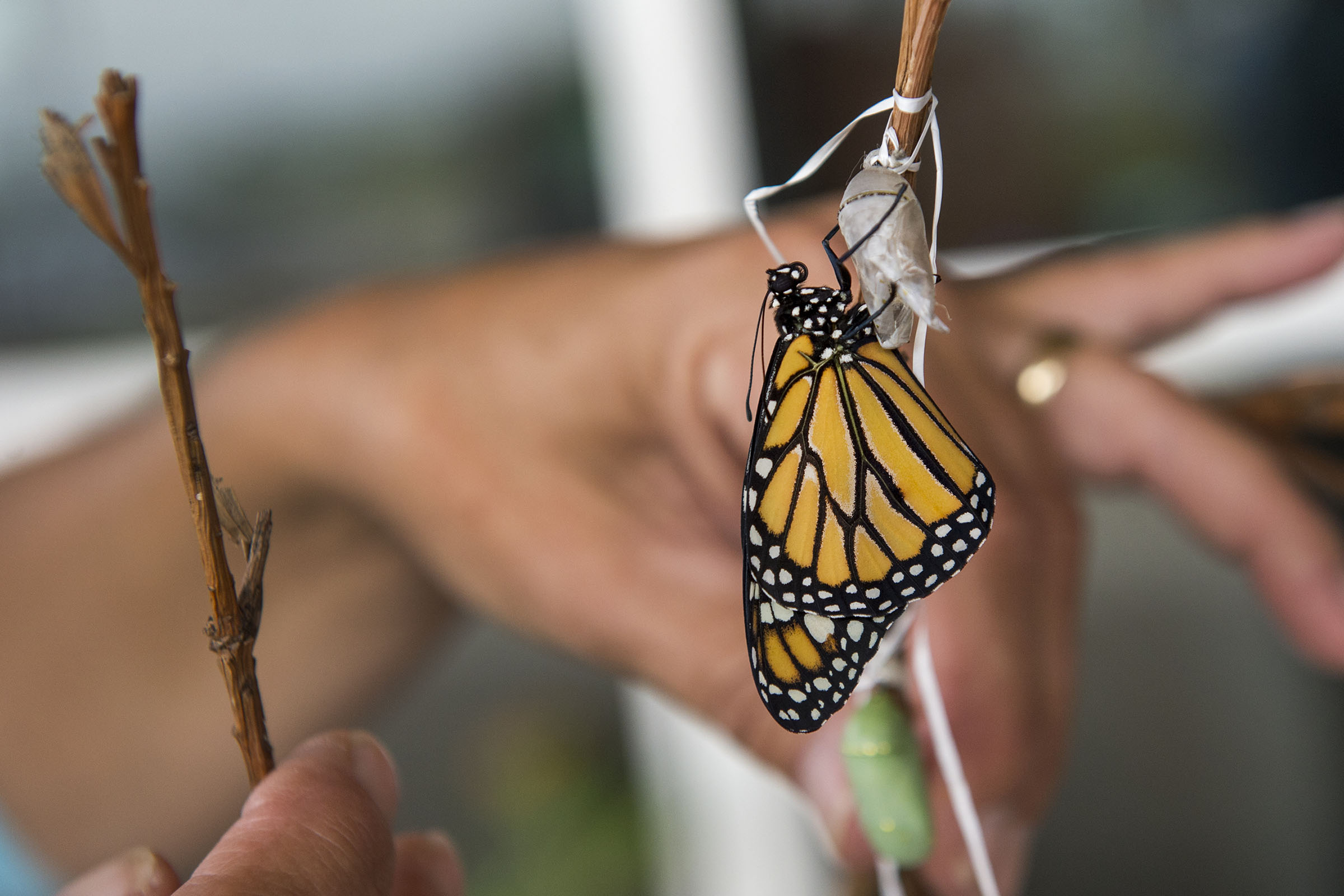
State Insect
Monarch Butterfly
Adopted: 1995
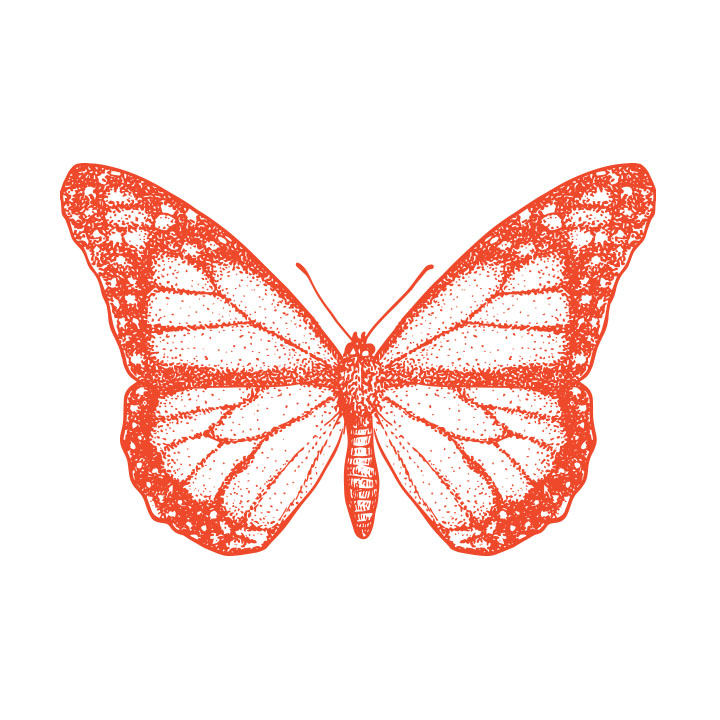
Though six other states claim the monarch butterfly as their official insect or state butterfly, none are as critical to the monarchs’ epic march up and down North America as Texas. Now facing significant population declines and at least one “endangered” listing, monarchs also need Texas’ help.
The striking beauties cross Texas in fall and spring from as far away as Canada to winter roosts in Mexican forests and back—the only known two-way migration of any butterfly. Texas is a land-based funnel for a major continental flyway, allowing for trips of up to 3,000 miles. The state also provides Texas milkweed, adult monarchs’ primary host plant for laying eggs before they die and a source of nourishment for the caterpillars that subsequently emerge. That food source is dwindling due to habitat conversion, herbicides, and climate events like early freezes and prolonged drought.
Organizations like the Lady Bird Johnson Wildflower Center are on the case, promoting preservation practices like the creation of pollinator gardens. Ranchers who adopt stronger wildlife management practices and farming emphasizing organics are helping as well.
Learn • Go • Do
Texas has at least 400 species of butterflies, more than any other state. Discover that and more at web links like the Texas State Historical Association and Texas Parks and Wildlife.
Today, there may not be a more enthusiastic monarch proponent than Monika Maeckle, a Master Gardener, who created Texas Butterfly Ranch—not a real ranch but a virtual concept of monarch habitats in the Edwards Plateau—to promote annual events and projects like the downtown pollinator garden in her hometown of San Antonio.
For more first-hand experiences, visit the state’s first monarch sanctuary at the Abilene Zoo, or other butterfly gardens like the Heard Museum in McKinney.
Create your own stop-over for monarchs by planting milkweed for the caterpillars or meals for mature monarchs in your home garden or school plot, including zinnias, sunflowers, and coneflowers. The Legislature in 2015 added another insect to Texas symbols, the western honey bee, distinguishing it from the monarch by naming it the official “state pollinator.”
Read More

